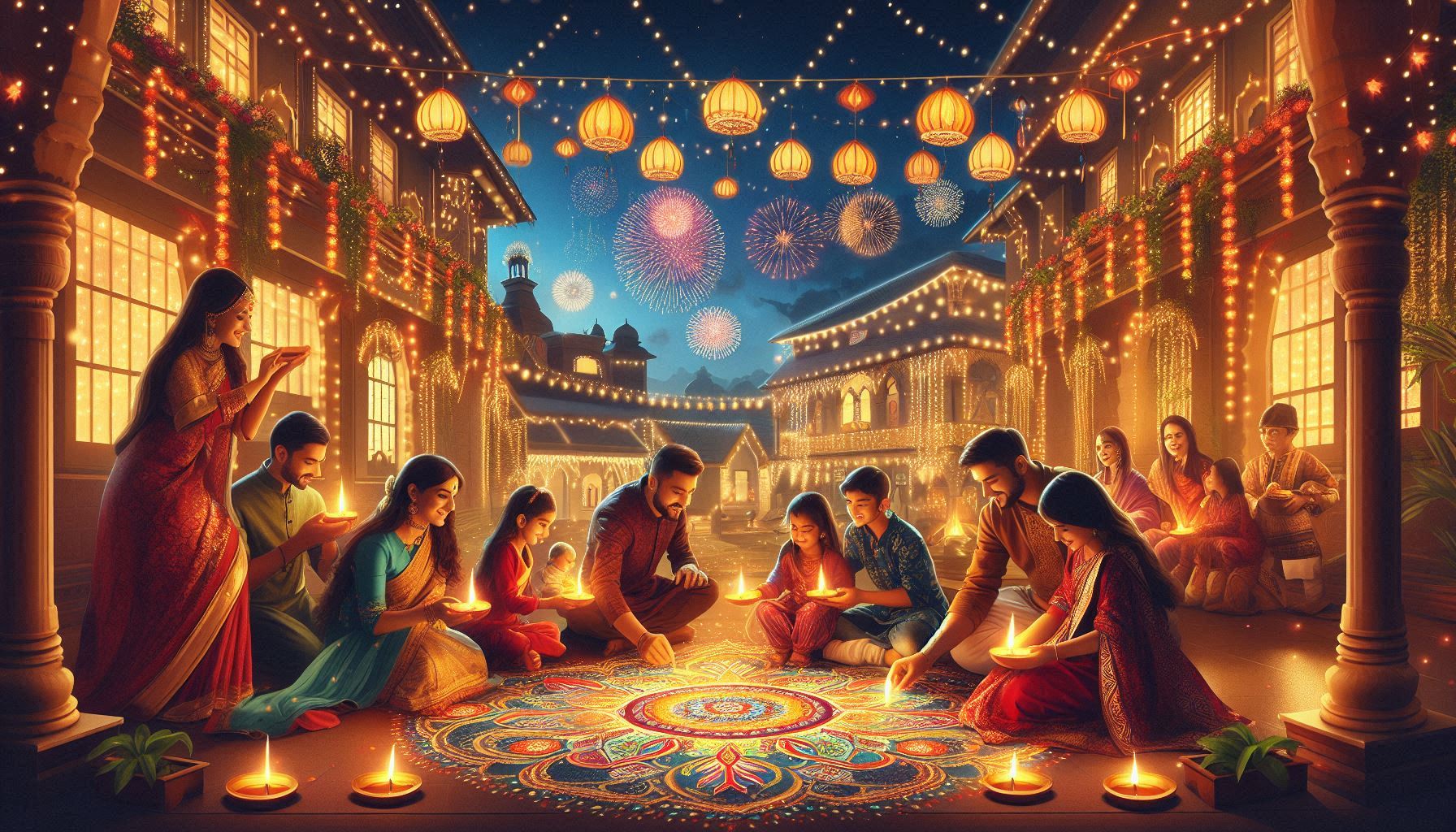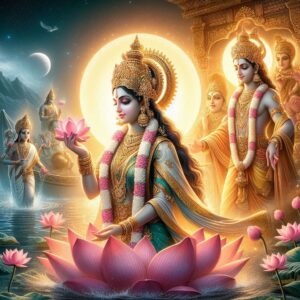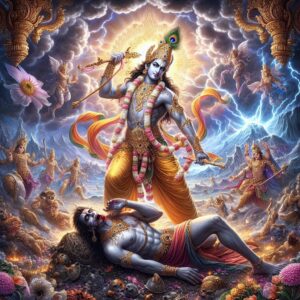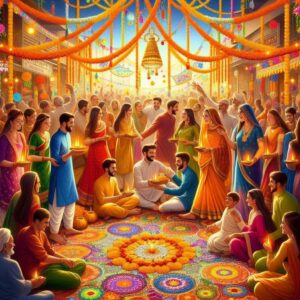
The festival of Diwali is celebrated for various historical, religious, and cultural reasons. In Hinduism, it is one of the most prominent festivals, and numerous beliefs and mythological stories are associated with it. Here’s a look at the reasons behind the celebration of Diwali:
Diwali 2025 Date and Auspicious Timings
Diwali (Lakshmi Puja) — 20th October 2025, Monday
- Lakshmi Puja Muhurat: 7:08 PM to 8:18 PM
- Pradosh Kaal: Around 5:58 PM to 8:25 PM
- Vrishabha Kaal: 7:08 PM to 9:03 PM
1. Return of Lord Ram to Ayodhya
- According to the most popular tale, Diwali commemorates the day Lord Ram, along with Sita and Lakshman, returned to Ayodhya after 14 years of exile.
- To celebrate their return, the people of Ayodhya lit the entire city with lamps and rejoiced. Since then, lighting lamps on Diwali has become a tradition.

2. Birth and Marriage of Goddess Lakshmi
- Mythological stories say that Goddess Lakshmi was born during the churning of the ocean (Samudra Manthan). Hence, worship of Lakshmi holds special significance on Diwali.
- Another belief is that Goddess Lakshmi was married to Lord Vishnu on Diwali. Thus, worshipping Lakshmi on this day is believed to bring prosperity.

3. Victory of Lord Krishna over Narakasura
- Another story states that, on the day before Diwali, called Naraka Chaturdashi (or Choti Diwali), Lord Krishna defeated the demon Narakasura, liberating the people from his terror.
- This victory symbolizes the triumph of good over evil, which is celebrated with the Diwali festival.

4. Festival of Prosperity and New Beginnings
- Diwali marks the end of the harvest season and signals the beginning of the new business year.
- Business people close their old accounting books and perform Lakshmi Puja for a fresh start, symbolizing wealth and good fortune.
5. Significance of Diwali in Jainism
- In Jainism, Diwali holds special significance as it marks the day when Lord Mahavira attained Nirvana (liberation).
- Jain followers celebrate Diwali as a day of liberation and worship Lord Mahavira.

6. Diwali in Sikhism
- In Sikhism, Diwali is important as it marks the release of Guru Hargobind Singh Ji from Gwalior Fort by the Mughal Emperor Jahangir.
- The Sikh community celebrates this day as ‘Bandi Chhor Divas’ and regards it as a symbol of freedom.

7. Festival of Positivity and Joy
- Diwali signifies the journey from darkness to light. This day promotes bringing joy, love, and positivity into everyone's lives.
- People decorate their homes, light lamps, distribute sweets, and let go of past grievances, moving towards a new beginning.

Diwali Puja Method
- Preparation of the Place: For Diwali Puja, start by cleaning the northeast or northern corner of the home. Make a Swastika symbol there, place a small mound of rice in the center, and set a wooden platform over it. Cover the platform with a red cloth and place an idol or image of Goddess Lakshmi on it, along with images of Ganesh, Kuber, and white elephants on either side of the goddess.
- Installation of Panchdev: During the puja, install images or idols of the Panchdev (the five deities): Surya (Sun), Ganesh, Durga, Shiva, and Vishnu. Light incense, lamps, and incense sticks, and sprinkle holy water (Gangajal) on the images to purify them.
- Starting the Puja: Sit on a mat made of kusha grass and perform the Shodashopachara Puja (16-step worship) for Goddess Lakshmi. This includes offerings of water, sandal paste, flowers, incense, lamp, food (naivedya), and other items. At the end of the puja, offer a small donation (dakshina) and perform a final offering (ahvan).
- Applying Tilak: Apply turmeric, kumkum, sandal paste, and rice to the foreheads of all the deities, including Goddess Lakshmi. Place a garland of flowers and offer chandan, kumkum, gulal, and turmeric using the ring finger. Recite the following mantras:
Om Shreem Hreem Shreem Kamle Kamlalaye Prasidh Prasidh Shreem Hreem Shreem Mahalakshmyai Namah.
“Om, Shri, Hreem, Shri, O Mother Lakshmi seated on the lotus, be happy, be happy. Salutations to you again and again. Shree, Hree, Shree, salutations to Maa Mahalakshmi.”
Om Mahalakshmyai Namo Namah: Dhanpradayai Namo Namah: Vishvajananyai Namo Namah.
“Om, salutations to Mahalakshmi again and again, salutations to the giver of wealth, salutations to the mother of the entire creation.”
- Offering Prasad or Naivedya: Offer special food items to Goddess Lakshmi, such as makhana, singhara, batasha, sugarcane, halwa, kheer, pomegranates, paan leaves, white and yellow sweets, and saffron rice. You may also offer gujiyas, laddus, and a variety of dry fruits, coconuts, and betel leaves. Avoid using salt, chili, or oil, and ensure that each offering is topped with a basil (tulsi) leaf.
- Aarti: After the puja, stand and sing the Aarti of Goddess Lakshmi. Use camphor to perform the Aarti, moving it four times near the deity’s feet, two times near the abdomen, and once near the face, making a total of seven rounds. After the Aarti, sprinkle holy water and distribute the Prasad among everyone.
- Lighting Lamps: Light lamps at the main entrance and in the courtyard. Also, light a special lamp in the name of Yam (the god of death) and place lamps in all corners of the home at night.
- Social Visits: Only after the puja and Aarti should you visit others, share sweets, or light firecrackers.
















